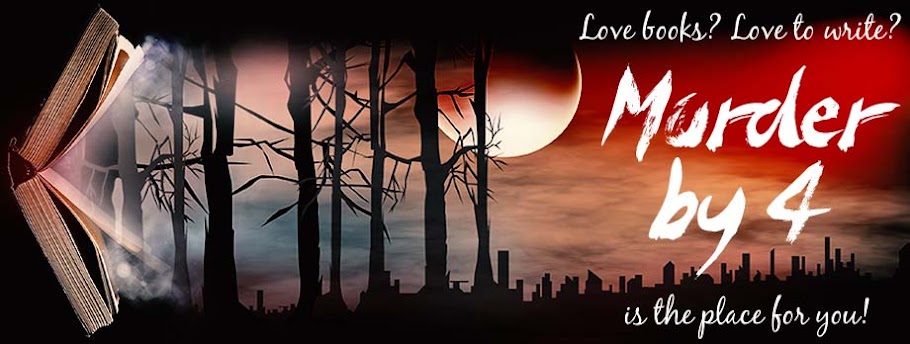Title: A Stranger Like You
Author: Elizabeth Brundage
Publisher: Viking Adult (August 5, 2010)
Genre: Literary Mystery/Thriller, 272 pages
Publisher's Address: Penguin Group USA, 375 Hudson Street, New York, NY 10014
ISBN number: 9780670022007
Price: $25.95 (hardcover)
Author’s personal website: www.elizabethbrundrage.com
***
Hugh Waters: Bad marriage. Boring life. Bottled dreams, now smashed. Big problem.
Denny Rios: Unloved child. Unraveling psyche. Unsung hero.
Hedda Chase: Privileged. Powerful. Professional. Pitiful.
When Hugh Waters, insurance agent, takes a screenwriting class and miraculously sells his salacious thriller to Hollywood, his drab and unhappy life takes on sudden meaning. But when a Hollywood executive dies, the successor, Ivy Leaguer Hedda Chase, denounces the script as chauvinistic and unbelievable, resulting in a cancelled contract for Hugh.
Hugh snaps, flies to LA, and stalks Hedda with a vague plan to convince her she’s wrong about his story. Instead, with no qualms and with the calculating, level-headed insanity of a true sociopath, he submits her to the same quandary the character in his film endures, to prove that his plot is plausible. Hedda is locked in the trunk of her vintage BMW and abandoned at the airport, keys dangling in the ignition.
On another path, Iraq war veteran Denny Rios, pushed and berated by a group of decadent soldiers, was forced to half-heartedly join in the horrific rape of a young Iraqi girl when on duty overseas. Haunted by the experience, sickened by guilt, never free of the girl’s face in his nightmares, Denny flees when the cops approach his aunt and uncle’s home and steals the car with Hedda still bound and gagged in the trunk.
I know, it’s an intriguing plot. But it’s not the storyline that captivated me in this novel. It’s more the Dostoevsky-like telling of the tale.
Although A Stranger Like You is billed as a mystery/thriller, I’d prefer to see it classified as literary psychological fiction. The “literary” tag comes from the pure poetry that infiltrates Brundage’s well-written prose.
As a boy, he’d gone to the Jersey shore in summertime, but this was the Pacific. There was something about this ocean. In the distance, the air looked brown, like an old-fashioned sepia print, the water copper in the sunlight. The sea was calm, the air smelled of fish. Savage birds dove and fought.
Here’s another passage:
They would smoke pot and make love, her skin the impenitent green of old bay leaves, her nipples like the smudged rubber thimbles of a bookkeeper, and then she’d make him tea with mint that she grew on her windowsill. Compared to his wife, Jolene was easily satisfied, uninhibited about her nakedness, her smells, her moody breath. She moved with the unhindered heft of a wrestler…
Brundage showcases very long and winding passages that contain little dialog or action, aside from the running stream-of-consciousness thoughts of each character. Layered over and between each other, these passages of inner thoughts, often told in present tense, second person, lend kaleidoscopic views to the story, hopping back and forth through time and focusing on the unique angle seen by each character. It’s the use of second person (“you” POV) that brings the intimacy to these segments.
Death is something you fear, and you can never gauge its proximity. Sometimes you sense it encroaching upon you like some thief in the night, looking into your windows. Sometimes you lay in bed, brittle, waiting for evil to find you. Images sprawl through your mind, arbitrary scraps of terror that have become all too ordinary. To some degree, you have been nurtured on fear.
Here’s another:
Maybe you are just tired after the long flight, but you feel conspicuous, profoundly aware of your middle class American roots, drawing attention to yourself as only an American can, in your schlumpy sweat suit, your clunky bag of indispensables (vitamins, pills, and medications for any possible problem, dental floss, makeup, Tampax, Nikes, your favorite Patagonia cap), and the way you move, with carbonated overflow, in comparison to the serene aerodynamics of the locals. As a female, you are sensitive to the feverish curiosity of strangers. Their eyes coat your body like paint.
Of course, there’s suspense that draws the reader to the finale. We need to know what happens to Hedda Chase, locked in the trunk of that blue BMW. But it’s the intense character profiles and the disturbing intimate lives we glimpse through Brundage’s unique approach that were most riveting.
Following are some favorite lines from A Stranger Like You:
He didn’t tell them the stars were like the teeth of the dead.
***
He carried the stories around in his pockets, in his fists, like stones.
***
Doubt is your compass.
***
…Sunrise like the smeared rouge on a whore.
***
A bruise floats over his eye like a jellyfish.
Brundage digs deep inside her characters’ heads. In addition to the primary characters above, we peek inside the lives of a disillusioned screenwriter (Tom Foster), an escaped and ill-fated Iraqi student (Fatima), and a young homeless waif of a girl (Daisy). All of Brundage’s well-rounded characters play to an unusual backdrop of a seedy vision of Hollywood interwoven with images of the war in Iraq, told through Denny’s thoughts.
This is not a fast read. It’s not a Patterson, or Hoag, or a quick thrill ride that you’ll devour in one sitting. It’s a study in human nature, and you’ll have to work your way through it. But I guarantee, you’ll enjoy the ride. The characters–all who move masterfully through their arcs of development–will haunt you long after you finish A Stranger Like You.
***
Aaron Paul Lazar writes to soothe his soul. The author of LeGarde Mysteries and Moore Mysteries enjoys the Genesee Valley countryside in upstate New York, where his characters embrace life, play with their dogs and grandkids, grow sumptuous gardens, and chase bad guys. Watch for his upcoming release, FIRESONG, coming in 2011.








 image courtesy of VideoVision Entertainment
image courtesy of VideoVision Entertainment

















%2520%5B1%5D.jpg)
